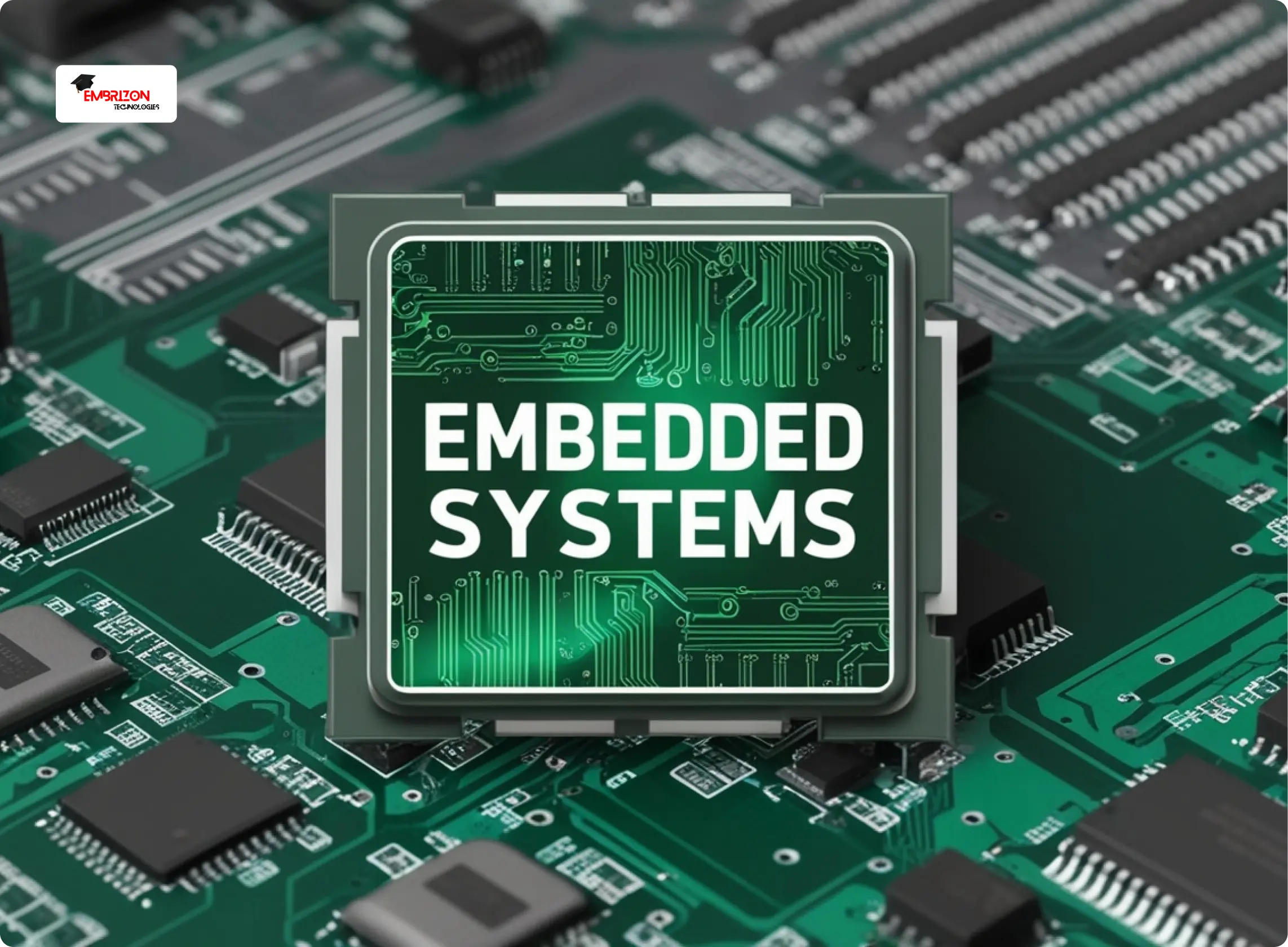Download Intel USB 3.0 Driver for Windows 10 64-Bit Now
To facilitate the optimal performance of USB devices on Windows 10, it is imperative to obtain the appropriate drivers. The Intel USB driver download center serves as a comprehensive resource for users seeking to enhance their system’s functionality. By navigating to this center, individuals can access the USB 3.0 driver download link, which provides the necessary files for installation.
For those specifically looking to download Intel drivers for Windows 10, it is essential to ensure compatibility with the 64-bit architecture. This ensures that the drivers function seamlessly, allowing for improved data transfer speeds and device recognition. The process of downloading the Intel USB 3.0 driver for Windows 10 64-bit is straightforward, enabling users to quickly update their systems and enjoy enhanced performance.
What is the Intel USB 3.0 Driver for Windows 10 64-Bit?
The Intel USB 3.0 driver for Windows 10 64-bit is a crucial software component that facilitates communication between the operating system and USB devices. This driver is specifically designed to leverage the capabilities of USB 3.0 technology, which offers significantly faster data transfer rates compared to its predecessors.
By installing the correct driver, users can ensure that their USB devices operate at optimal performance levels. The installation process is guided by Intel USB driver installation instructions, which provide step-by-step guidance to ensure a seamless setup.
Importance of USB 3.0 Driver for Data Transfer
The significance of the USB 3.0 driver cannot be overstated, particularly when it comes to data transfer efficiency. With USB 3.0 speed optimization, users can experience transfer rates that are up to ten times faster than USB 2.0.
To fully optimize USB data transfer speeds, it is essential to have the latest driver installed. This not only enhances the performance of connected devices but also minimizes latency and potential data loss during transfers.
Compatibility with Intel Hardware
Ensuring compatibility with Intel hardware is a vital aspect of utilizing the USB 3.0 driver effectively. Conducting a USB 3.0 compatibility check is recommended to confirm that the hardware supports the driver.
Furthermore, Windows 10 64-bit driver compatibility is crucial for maintaining system stability and performance. Users should verify that their Intel hardware is compatible with the latest driver to avoid any operational issues.
How to Download Intel USB 3.0 Driver for Windows 10 64-Bit
Downloading the Intel USB 3.0 driver for Windows 10 64-bit is a straightforward process that can significantly enhance the performance of USB devices. Following the Intel USB driver update guide ensures that users can efficiently navigate through the necessary steps to obtain the correct driver.
Step-by-Step Download Instructions
- Visit the Intel Website: Navigate to the official Intel website to access the driver download section.
- Select the Correct Driver: Locate the USB 3.0 driver specifically designed for Windows 10 64-bit.
- Download the Driver: Click on the download link to initiate the process.
- Run the Intel Driver Installation Software: Once downloaded, run the installation software to begin the setup.
- Follow Installation Prompts: Adhere to the on-screen instructions to complete the installation process.
Where to Find the Latest Version
To ensure that users have access to the most current drivers, it is essential to explore various Intel driver support resources. These resources provide valuable information regarding driver updates and compatibility.
Additionally, engaging with the Intel driver support community can offer insights and assistance from fellow users who may have encountered similar issues. This collaborative environment fosters a deeper understanding of driver management and troubleshooting, ensuring that users can maintain optimal system performance.
Installation Guide for Intel USB 3.0 Driver
The installation of the Intel USB 3.0 driver is a critical process that ensures the efficient functioning of USB devices on Windows 10 systems. Adhering to the Intel USB driver installation instructions is paramount for a successful setup.
Pre-installation Requirements
Before initiating the installation, it is essential to verify certain prerequisites. Users must ensure that their systems meet the necessary specifications to avoid Windows 10 USB driver compatibility issues.
-
System Requirements:
- Windows 10 (64-bit)
- Compatible Intel hardware
- Sufficient disk space
-
Intel Chipset Driver Package:
- It is advisable to install the Intel chipset driver package prior to the USB driver installation to ensure optimal performance.
Installation Steps for Windows 10 64-Bit
The installation process for the Intel USB 3.0 driver on Windows 10 64-bit can be executed by following a systematic approach. The Intel USB 3.0 driver installation guide provides a comprehensive outline to assist users through the procedure.
-
Download the Driver:
- Access the Intel website and download the appropriate USB 3.0 driver.
-
Run the Installer:
- Execute the downloaded file to launch the installation wizard.
-
Follow On-Screen Instructions:
- Adhere to the prompts provided by the installation wizard to complete the setup.
-
Reboot the System:
- Restart the computer to finalize the installation process.
Despite the straightforward nature of these steps, users may encounter USB 3.0 driver installation problems. In such cases, it is advisable to refer to Intel driver installation troubleshooting resources to resolve any issues that may arise during the installation.
Note: Always ensure that the latest driver version is being installed to avoid potential conflicts and enhance device performance.
Troubleshooting Common Issues with Intel USB 3.0 Driver
In the realm of technology, users frequently encounter various challenges associated with the Intel USB 3.0 driver. These issues can manifest in numerous forms, necessitating a comprehensive understanding of Intel USB driver troubleshooting techniques.
Driver Not Recognized
One of the most prevalent concerns involves USB 3.0 device recognition problems. Users may find that their devices are not being detected by the operating system, leading to frustration and inefficiency.
- Common Causes:
- Outdated drivers
- Incompatible hardware
- USB port malfunctions
To address these Intel driver installation errors, users are encouraged to verify that the latest drivers are installed and that their hardware is compatible with the USB 3.0 specifications.
USB Devices Not Functioning Properly
Another significant issue pertains to Windows 10 USB connectivity problems, which can hinder the functionality of connected devices. Users may experience difficulties with USB 3.0 external hard drive support, resulting in data transfer interruptions or complete device failure.
- Potential Solutions:
- Check for Windows updates
- Reinstall the USB drivers
- Test the devices on different ports
By implementing these strategies, users can often resolve connectivity issues and restore proper functionality to their USB devices.
Benefits of Using Intel USB 3.0 Driver
The utilization of the Intel USB 3.0 driver presents numerous advantages that significantly enhance the overall user experience. By leveraging the capabilities of this driver, individuals can optimize their systems for superior performance and efficiency.
Enhanced Data Transfer Speeds
One of the most notable benefits associated with the Intel USB 3.0 driver is the remarkable enhancement in data transfer speeds. This driver facilitates USB flash drive performance enhancement, allowing users to experience rapid file transfers that are essential in today’s fast-paced digital environment.
- Key Advantages:
- USB 3.0 Speed Optimization: Users can achieve transfer rates that are substantially higher than those offered by previous USB versions.
- Reduced Latency: The driver minimizes delays during data transfers, ensuring a seamless experience.
Improved Device Connectivity
The Intel USB 3.0 driver also plays a pivotal role in improving device connectivity. With the appropriate Windows 10 USB port configuration, users can ensure that their devices are recognized and function optimally.
- Connectivity Solutions:
- Windows 10 USB Port Configuration: Proper configuration allows for enhanced communication between the operating system and connected devices.
- USB 3.0 Connectivity Solutions: The driver supports a wide range of USB devices, ensuring compatibility and functionality across various hardware.
Alternatives to Intel USB 3.0 Driver
In the realm of USB drivers, alternatives to the Intel USB 3.0 driver present viable options for users seeking enhanced functionality and performance. These alternatives can cater to various needs, ensuring that users have access to the most suitable driver for their systems.
USB 3.1 Extensible Host Controller Driver
The USB 3.1 extensible host controller driver for Windows 10 is a significant upgrade over its predecessor, providing improved data transfer rates and enhanced compatibility with modern USB devices.
- Intel USB 3.1 extensible host controller driver Windows 10 is designed to leverage the advanced capabilities of USB 3.1 technology, ensuring that users can maximize their device performance.
- The USB 3.1 driver installation process is straightforward, allowing users to easily integrate this driver into their systems for optimal functionality.
Other USB Driver Options for Windows 10
For users exploring additional USB driver options, several alternatives exist that can accommodate various hardware configurations and user requirements.
- Intel USB driver FAQs provide valuable insights into common queries regarding driver installation and troubleshooting, assisting users in navigating potential challenges.
- Additionally, users may consider the USB 3.0 driver for Windows 10 64-bit HP, which offers compatibility with HP systems, ensuring that users can maintain efficient data transfer and device recognition.
| Driver Option | Compatibility | Key Features |
|---|---|---|
| Intel USB 3.1 Extensible Host Controller | Windows 10 64-bit | Enhanced data transfer rates |
| USB 3.0 Driver for Windows 10 64-bit HP | HP Systems | Reliable performance for HP devices |
Note: Users are encouraged to evaluate their specific needs and system requirements when selecting a USB driver option to ensure optimal performance and compatibility.
Frequently Asked Questions
The Intel USB driver support assistant serves as a valuable resource for users seeking to address common inquiries related to Intel USB drivers. This section aims to elucidate some of the most frequently asked questions regarding driver installation and troubleshooting.
How do I check if the Intel USB 3.0 driver is installed?
To ascertain whether the Intel USB 3.0 driver is installed on a system, users can utilize the Windows 10 device manager USB settings. This process involves navigating through the device manager interface, where users can inspect the list of installed drivers.
-
Open Device Manager:
- Right-click on the Start menu and select “Device Manager.”
-
Locate USB Controllers:
- Expand the “Universal Serial Bus controllers” section.
-
Check Driver Status:
- Look for entries labeled “Intel USB 3.0” to confirm installation.
Can I use the Intel USB 3.0 driver on Windows 7?
The Intel USB 3.0 driver for Windows 7 (32-bit 64-bit) is indeed compatible with the operating system, provided that users adhere to the Intel USB driver installation instructions. It is crucial to ensure that the correct version is downloaded based on the system architecture.
- Installation Steps:
- Download the appropriate driver for Windows 7.
- Follow the installation instructions meticulously to ensure proper setup.
This compatibility allows users to leverage the benefits of USB 3.0 technology, enhancing their overall experience with connected devices.
What should I do if the driver fails to install?
In instances where the driver fails to install, users are encouraged to engage in Intel driver installation troubleshooting. This process may involve several steps aimed at identifying and rectifying the underlying issues.
- Common Troubleshooting Steps:
- Check for Windows Updates: Ensure that the operating system is up to date.
- Reboot the System: Sometimes, a simple restart can resolve installation conflicts.
- Verify Compatibility: Confirm that the driver is compatible with the system specifications.
By implementing these strategies, users can enhance Windows 10 USB driver performance optimization and successfully install the necessary drivers.















